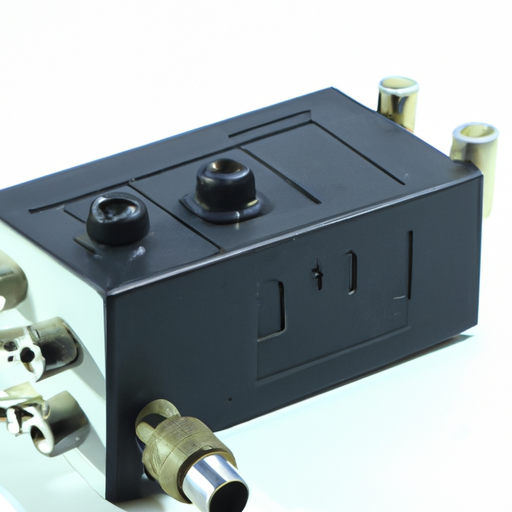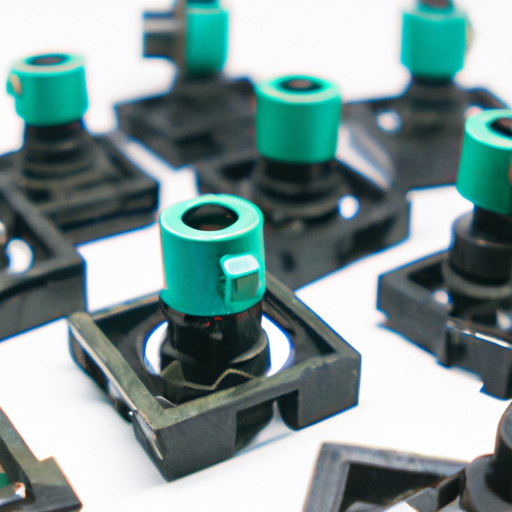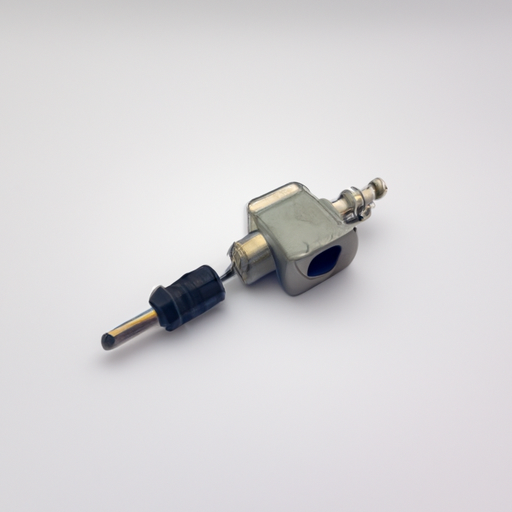Founded in 2019, Shenzhen lingyu E-commerce Co., Ltd. is an excellent young team with rapid development, and the founders have more than ten years of industry experience. With electronic components one-stop supply chain service superior platform, for small and medium-sized manufacturing end users to provide components one-stop BOM supporting services, has won the trust and support of many customers. All the goods are imported through the original factory, or management and other formal channels, to ensure that the new original, lead-free environmental protection, reliable quality, stable supply, delivery on time, spot mainly in the domestic and Hong Kong have a large stock of spot, professional sales and logistics team, 1 hour response, 5x8 hours continuous rapid shipment, to meet your urgent order needs. The company is mainly engaged in various international brands of electronic components, widely used in civil, communications, industrial, military and other fields. Respectively in...With warehouses and customer service offices in Hong Kong, Shenzhen, America and other places, we have gradually become a partner for many customers. Distribution of NVIDIA, ATI, ST, AMD, IR, INTEL, ADI, ACUS, Alliance, Diotec, Fibocom, GD, GoWin, PFC, TSC and other domestic and foreign 21 product lines, Cover FPGA, MCU, DDR, SRAM, FLASH, SENSOR, IGBT, MOSFET, DIODES, TVS and other products.The company mainly focuses on controllers and power circuit boards for consumer and industrial products, mainly promoting TI's DCDC power chips, analog chips, driver chips, industrial and automotive markets; Analog Devices analog chip, digital signal processor (DSP), power management IC RF device, sensor series, signal processing chip; There are ST SCM advantage channels, Xilinx and Altera programmable device FPGA and so on.
5000+
1000+
TOP03















